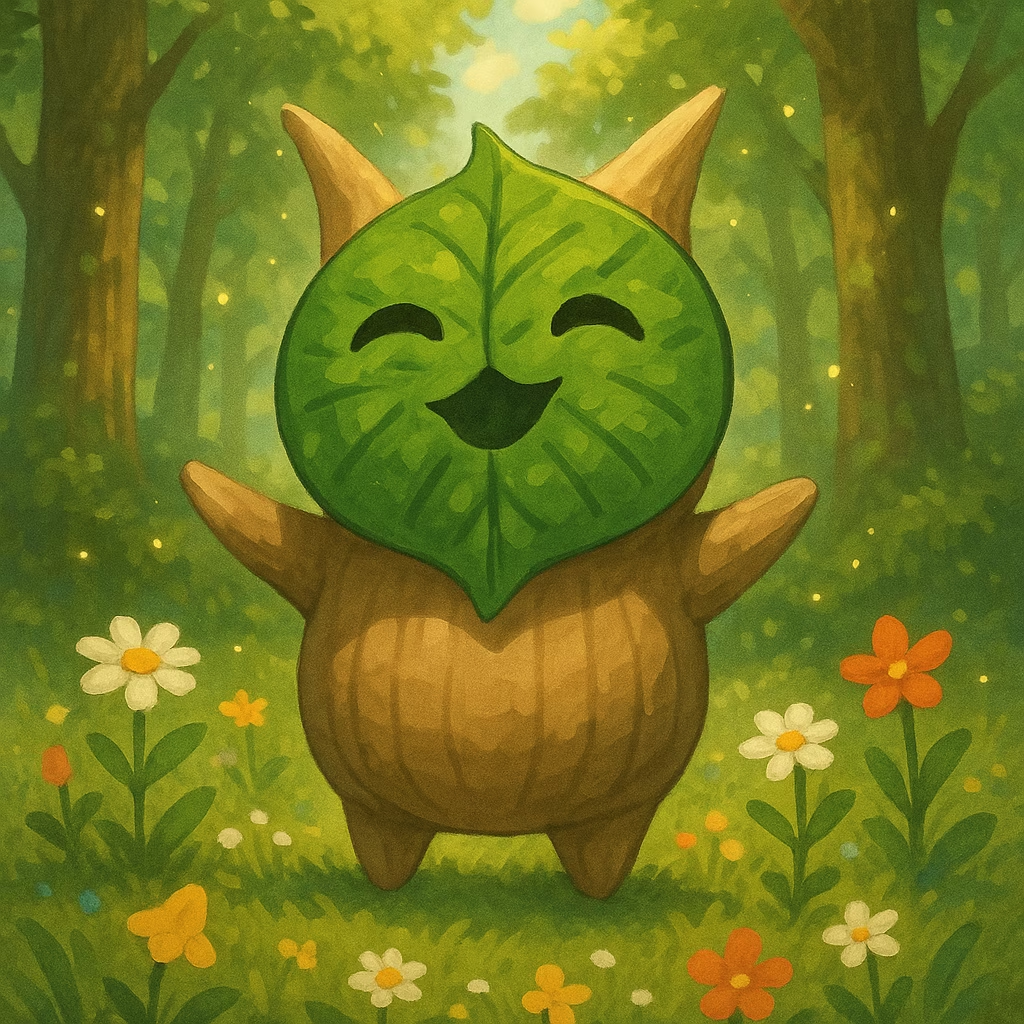As a professional gamer, I've spent countless hours wandering through digital landscapes, where every corner hides a new story, a fresh culture waiting to unfold. It's like stepping into a living, breathing world—sometimes chaotic, often mesmerizing—where communities spring from the ashes of apocalypse or thrive in ancient forests. I remember playing Fallout 4 for the first time back in 2020; the desolate Commonwealth felt eerily real, with factions like the Minutemen preaching hope in tattered uniforms, while the Brotherhood of Steel marched in with their tech-obsessed, almost cultish fervor. Their cultures aren't just backgrounds—they're woven into the gameplay, dictating how I dress, fight, and even who I betray. And oh, the choices! Siding with the Railroad felt like joining a secret society, all whispers and stealth, while the Institute's cold efficiency made me question my own morals. But it's not just about survival—it's about how these worlds mirror our own, adapting to geography like alpine tribes bundling up or desert dwellers conserving water. That's the magic of open-world games; they turn pixels into people, with rituals and rivalries that stick with me long after I log off. 😊

Now, take my journey through Hyrule in Legend of Zelda: Breath of the Wild and its sequel Tears of the Kingdom. From the moment I stumbled into Kakariko Village, with its Japanese-inspired tranquility nestled in the Dueling Peaks, I was hooked. The Sheikah tribe's traditions felt ancient yet practical—camouflage for stealth, agility over brute force—all tied to the dense forests and mountains. But then, the Yiga clan! Those nutjobs still want my head, and after their fall into the depths in Tears, their culture became this twisted survivalist thing. It's wild how environmental quirks shape everything; one quest had me chasing water spirits, only to realize the villagers' rituals were about conserving resources. And the diversity? Hyrule's communities are like a patchwork quilt:
-
Kakariko: Peaceful, family-oriented, with tea ceremonies under cherry blossoms 🌸
-
Gerudo Town: Matriarchal desert warriors, all about sand and strength 💪
-
Zora's Domain: Aquatic elegance, with flowing architecture and water-based rites 💧
Jumping from there to The Witcher's Continent felt like teleporting to another dimension. Geralt's world is so layered, thanks to the books and shows, that Novigrad became my favorite melting pot. 😅 I mean, elves, dwarves, humans—all mingling in that free city, trading stories and insults. But venture out to Crow's Perch? Suddenly, it's all fishing villages with closed-off mindsets, farmers suspicious of outsiders like me. That hostility towards witchers? It stems from agrarian traditions, where superstitions rule. Downwarren's creepy worship of the Ladies of the Wood showed how religion carves deep cultural grooves. I recall a side quest where I had to mediate a feud—talk about cultural clash! It reminded me that isolation breeds fear, just like in real-life rural towns.
Then came Horizon Zero Dawn and Forbidden West, which blew my mind with their tribal tapestries. Aloy's journey started rough with the Nora shunning her as an outcast—their superstitions made me grit my teeth. But meeting the Carja, with their sun-worship and tech reverence? That was a game-changer. Their traditional dress—flowing robes, intricate jewelry—felt so authentic to their desert home. Heading west in Forbidden West introduced the Tenakth, fierce warriors with death rituals so intense that others thought they were cannibals! 😲 Here's how their cultures broke down:
| Tribe | Region | Key Traditions | Why It Stood Out |
|---|---|---|---|
| Nora | Eastern Mountains | Shamanistic rituals, avoidance of tech | Felt primal and isolating |
| Carja | Sun-drenched Deserts | Solar worship, advanced machinery | Tech blended with faith |
| Tenakth | Western Wastelands | Battle rites, memorial tattoos | Death as honor, not horror |
The conflicts between Tenakth clans, based on where they lived, echoed real-world ethnic divides—like how coastal groups prized agility for cliff battles, while inland tribes focused on brute raids. Playing in 2025, I appreciate how these games use environmental factors to drive culture; it's not just lore dumps but living systems that adapt as you explore.
But nothing tops The Elder Scrolls for cultural depth. Tamriel is a masterpiece of diversity, with races like the Dark Elves of Morrowind—their ash-covered lands shaping a society of resilience and mysticism—or the High Elves in Summerset Isles, all arrogance and elegance. What fascinates me is the diaspora; running into Khajit traders everywhere, even though their homeland is Elsweyr, or Argonians slinking through swamps far from Black Marsh. It's like a global spread of cultures:
-
Khajit: Nomadic, cat-like merchants with lunar-based festivals 🌕
-
Argonians: Amphibious, community-focused, with deep ties to hist trees 🌳
-
Nords: Mountain-dwelling warriors, valuing honor and mead 🍺
Religion and history intertwine, too—worship of Daedric princes influences everything from politics to fashion. Playing Skyrim again last year, I got lost in Windhelm's racial tensions, which felt uncomfortably real. That's the beauty of it; cultures evolve, clash, and migrate, making the world feel alive.
Looking ahead to the rest of 2025 and beyond, I can't help but dream of where open-world games are heading. With AI advancements, I imagine worlds where cultures dynamically shift based on player actions—like if I broker peace in Fallout, factions merge traditions, creating hybrid rituals. Maybe we'll see more fluid diasporas in Elder Scrolls VI, with Khajit settlements popping up in unexpected places. Personally, I hope for games that tackle cultural fusion head-on, using VR to immerse us deeper. After all, as a gamer, I crave those moments when a virtual tribe's struggle mirrors my own experiences—say, adapting to new environments in life. It's not just escapism; it's empathy built pixel by pixel. 😌 And who knows? Perhaps by 2030, we'll have AI-generated cultures that learn from global histories, making every playthrough a unique cultural odyssey.
For more perspectives on how game worlds foster unique cultures and tactical playstyles, especially in team-based shooters like Overwatch, check out OverwatchTactics, a dedicated blog exploring strategies, lore, and community trends within the Overwatch universe.